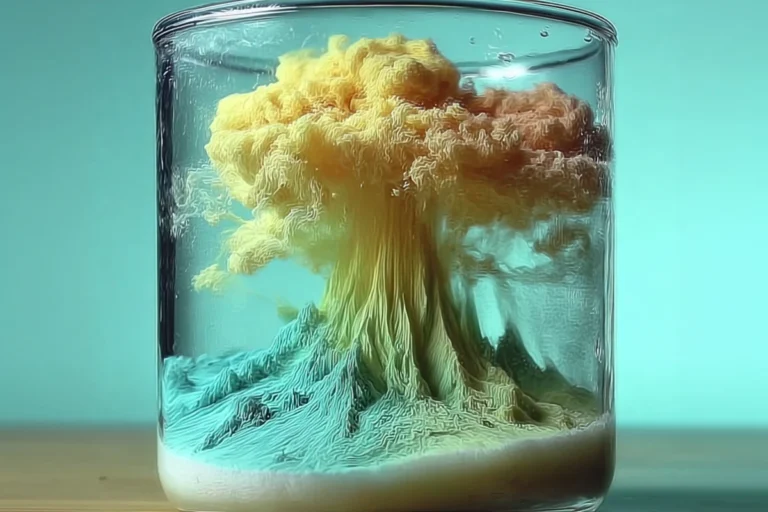Introduction
Let’s be honest—science is way more fun when it looks like magic, right? That’s where the salt volcano comes in. This easy and fascinating science experiment brings together household ingredients to create a lava-like bubbling eruption that’s guaranteed to wow both kids and adults. It’s part art, part chemistry, and 100% fun!
Curious minds and tiny hands are all you need to pull off this fun science trick—but a few household basics will turn your salt volcano into a magical eruption. Here’s what you’ll need to make the magic happen.
Essential Tools (Available on Amazon):
-
Clear glass jar or cup – for the best view of the bubbling reaction – Shop now
-
Measuring cup – to portion out water and oil precisely – Get it here
-
Teaspoon or small spoon – for controlled salt sprinkling – Grab one
-
Tray or towel – keeps cleanup simple and mess-free – Check price
Main Ingredients (Easy to find online):
-
Vegetable oil – floats on top to create that lava effect – Add to cart
-
Table salt or rock salt – triggers the bubbling reaction – Order now
-
Room temperature water – forms the base of your mini volcano – Shop now
Optional Extras for Added Fun:
-
Food coloring – adds dramatic color to the eruption – Pick your colors
-
Glitter – makes your volcano sparkle like magic – Get glitter here
-
Toy dinosaurs or props – create your own themed volcano scene – Fun add-on
Ready to erupt with learning and creativity? These tools and ingredients make it super easy to set up and clean up your volcano adventure—right from your kitchen or classroom.
The Science Behind a Salt Volcano
How Oil and Water Interact
Ever noticed how oil floats on top of water? That’s because oil is less dense than water, meaning it’s lighter and won’t mix naturally. That’s one of the key ingredients in the salt volcano reaction!
The Role of Salt in the Reaction
Salt, on the other hand, is denser than both oil and water. When you drop it into the mix, it temporarily pulls some oil down with it. As the salt dissolves in the water, the oil rises back to the surface—creating that “lava” movement we’re after.
Why It Looks Like a Volcano
As the oil bubbles back up through the water, it forms colorful blobs and bubbly bursts that resemble a miniature volcanic eruption. It’s like Mother Nature’s lava lamp—right in your kitchen.
Materials You’ll Need
[amazon_auto_links id=”2723″]
Ingredient List
-
1 cup of room temperature water
-
1/4 cup of vegetable oil
-
Salt (rock salt or table salt)
-
A clear jar or glass
Optional Add-Ins for Extra Fun
-
Food coloring (any color you like)
-
Glitter (for a magical twist)
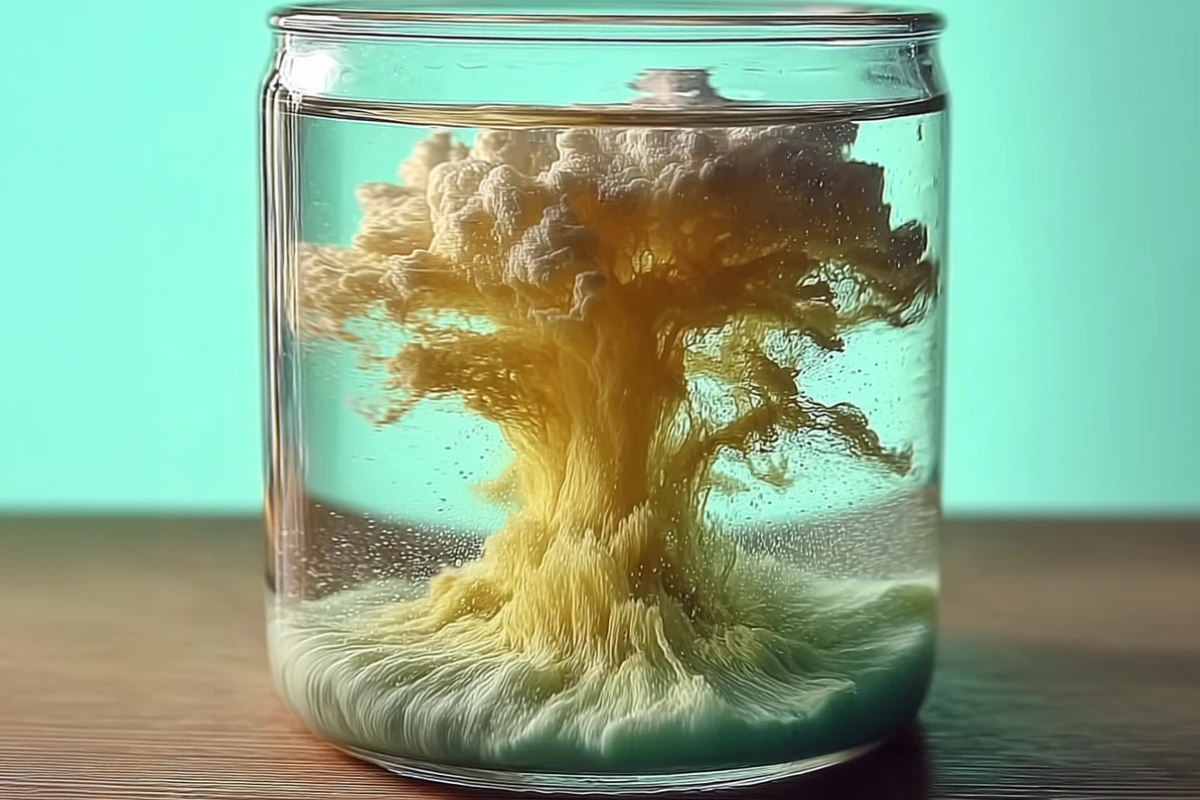
Step-by-Step Instructions
Step 1: Set Up Your Workspace
Choose a flat, stable surface. Place a towel underneath your jar just in case things get a bit messy.
Step 2: Add Water to the Jar
Pour 1 cup of water into the clear jar. This forms the base layer of your volcano.
Step 3: Add Food Coloring (Optional)
Add a few drops of your favorite food coloring and stir it gently. This will make your volcano look even more dramatic.
Step 4: Pour in the Oil
Slowly pour in 1/4 cup of vegetable oil. Let it settle. Don’t stir it—remember, oil and water don’t mix.
Step 5: Sprinkle in the Salt
Start adding salt, a spoonful at a time. As it sinks and dissolves, it pulls some oil down, then releases it back up, creating bubbles and bursts.
Step 6: Watch the Eruption
Sit back and enjoy! The volcano effect can last a few minutes and can be restarted by adding more salt.
Tips for the Best Results
[amazon_auto_links id=”2723″]
Choose the Right Salt
Rock salt gives you bigger, slower eruptions. Table salt offers more frequent, smaller bubbles. Try both and compare!
Use a Clear Jar for Maximum Visibility
A transparent container lets you see all the action from every angle.
Add Salt Slowly for Prolonged Effects
Dumping too much salt all at once can overwhelm the reaction. Add it gradually to keep the magic going.
Fun Variations to Try
Use Different Food Coloring Combinations
Mix red and yellow for lava, blue and green for an ocean volcano, or rainbow drops for a multicolored blast!
Experiment with Various Salt Types
Try sea salt, Himalayan pink salt, or kosher salt and observe the differences.
Create a Themed Volcano
Add little toy dinosaurs around the base for a Jurassic look, or use black food coloring and glitter for a space-themed eruption.
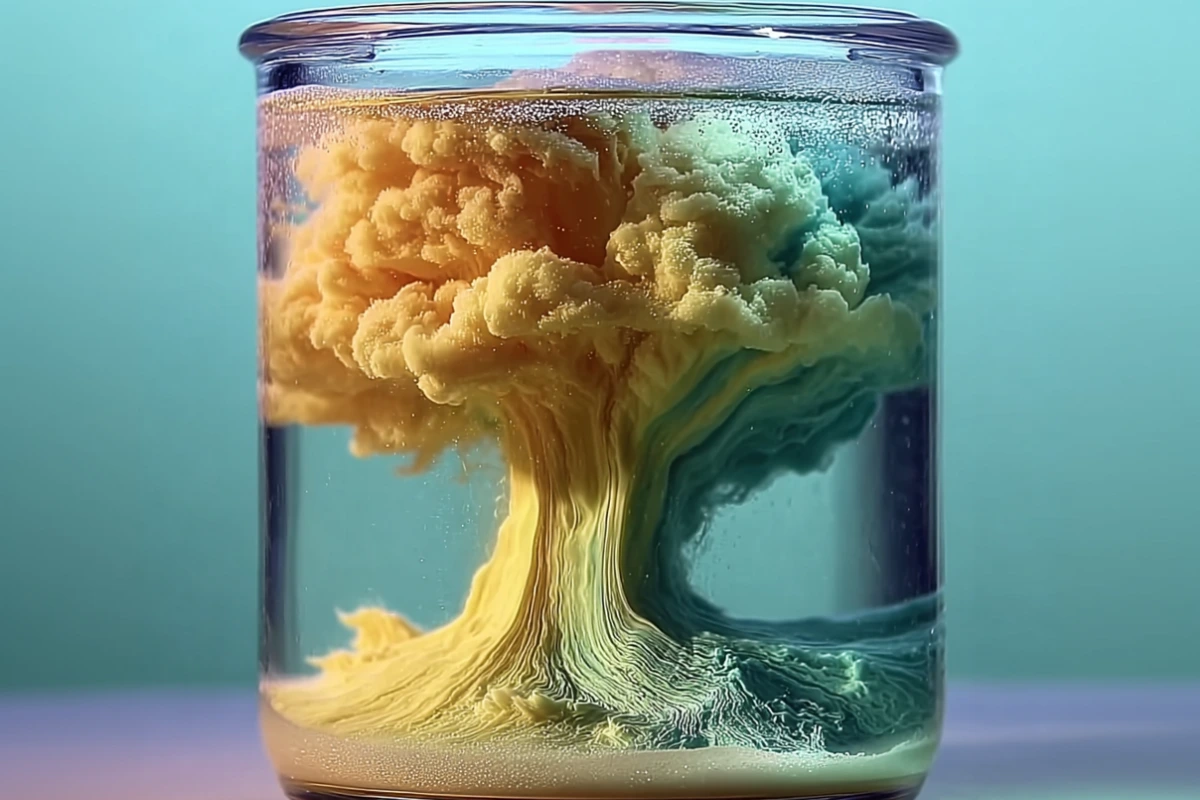
Educational Value of the Salt Volcano
A Great Introduction to Chemistry
This is a fantastic way to introduce concepts like density, solubility, and polarity without a lecture.
Teaching Kids About Density and Reactions
You can explain how some things float while others sink, and how reactions happen even without heat or electricity.
Safety Guidelines
Safe for Kids but Supervised
It’s totally kid-friendly, but younger children should always be supervised during the experiment.
Clean-Up Tips
Just dump the mix down the sink with hot water and soap. Easy peasy!
Troubleshooting Common Problems
[amazon_auto_links id=”2723″]
Oil and Water Mixing? Here’s Why
If you stirred too much or used warm oil, the layers might blend. Start over with room temperature ingredients.
No Eruption? Try These Fixes
Make sure you’re using real salt—not salt substitutes. Also, check if the water and oil have properly settled.
Perfect Occasions to Try This Experiment
Rainy Day Activities
When you’re stuck inside, this experiment brings the fun right to your living room.
Classroom Science Projects
Teachers love this one—it’s simple, visual, and educational.
Birthday Party Fun
Want to wow a group of kids? Set up a volcano station!
Making It a Group Activity
Fun for the Whole Family
Mom, Dad, siblings—everyone can join in the fun. Make it a contest to see who gets the biggest eruption!
Great for School Demonstrations
Science fair project coming up? This one is a winner—easy to transport and cool to watch.
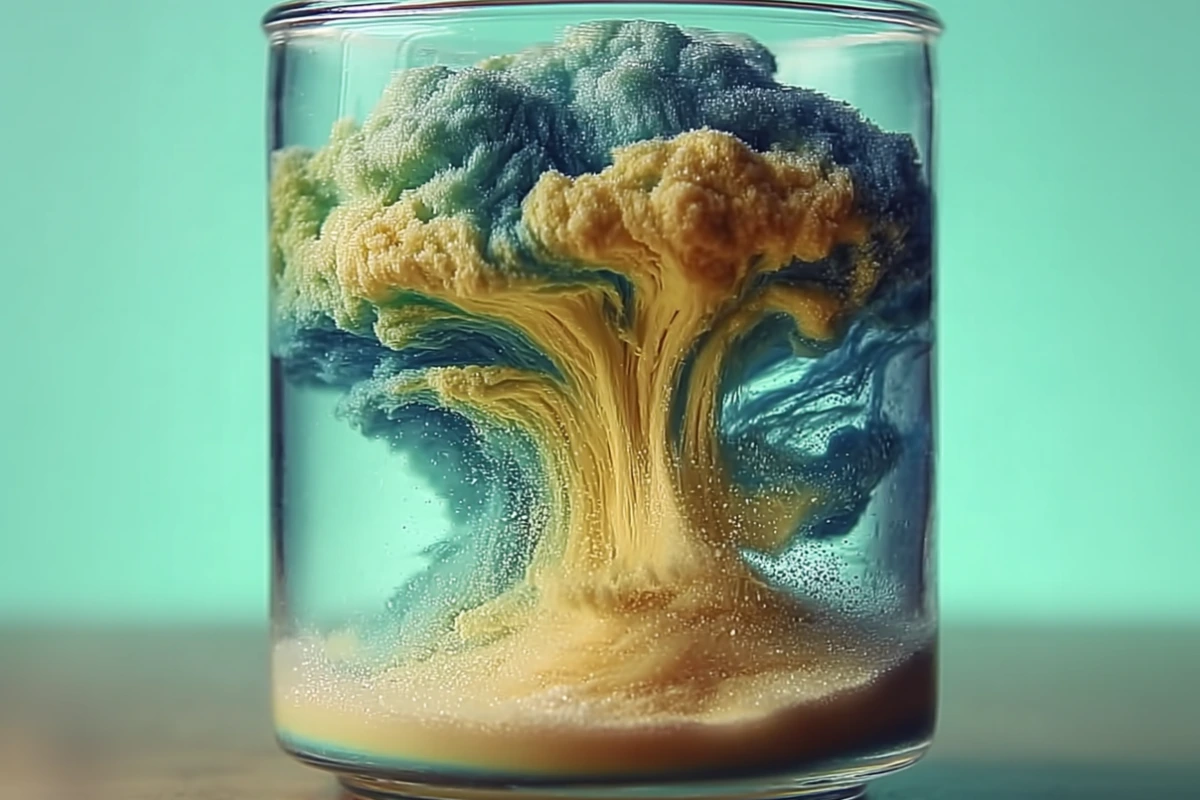
Capture the Magic
[amazon_auto_links id=”2723″]
Tips for Taking Cool Photos or Videos
Use slow-motion video to catch the bubbling action. Shoot from the side to see the layers dance.
Creating a Time-Lapse
Set up your phone on a tripod and record the whole process. Perfect for sharing online!
Going Beyond – Similar DIY Science Experiments
DIY Lava Lamps
Same ingredients, but add Alka-Seltzer for a continuous bubbly effect.
Baking Soda and Vinegar Volcano
Old-school but always a hit—combine baking soda with vinegar for an explosive foam eruption.
Conclusion
Making a salt volcano is more than just a science experiment—it’s an invitation to explore, learn, and have a blast (literally). With just a few simple ingredients, you can create a bubbling, mesmerizing eruption right at home. Whether you’re doing it for fun or education, this DIY project never fails to impress.
So grab your salt, pour that oil, and get ready to erupt with fun. Who knew learning could look this cool?
FAQs
1. What type of salt works best?
Rock salt gives you bigger bubbles, but regular table salt works just fine too!
2. Can I use baby oil instead of vegetable oil?
Yes! Baby oil actually creates a clearer layer and works great.
3. Why does the salt sink in oil?
Because salt is denser than oil. It pulls some oil with it before dissolving.
4. Is this experiment safe for toddlers?
Yes, with supervision. No harmful ingredients are involved.
5. How long does the eruption last?
Each salt sprinkle lasts about a minute or two. Add more to keep the reaction going.
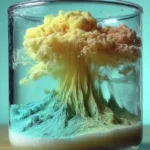
How to Make a Salt Volcano at Home | Fun & Easy DIY Science Experiment for Kids
- Total Time: 5 minutes
- Yield: 1 volcano experiment 1x
Description
Create a colorful and bubbling salt volcano at home using simple kitchen ingredients—perfect for hands-on science fun!
Ingredients
1 cup room temperature water
1/4 cup vegetable oil
Salt (rock salt or table salt)
Optional: a few drops of food coloring
Instructions
Pour water into a clear jar, add food coloring if desired. Slowly pour oil on top. Sprinkle salt into the oil and watch the eruption begin!
Notes
Use different salts and food colors for creative effects. Rock salt creates more dramatic eruptions; table salt gives quicker reactions.
- Prep Time: 5 minutes
- Cook Time: 0 minutes
- Category: Kids Activity / Science Experiment
- Method: No-cook
- Cuisine: Educational / Fun Activity
Nutrition
- Serving Size: 1 activity
- Calories: N/A
- Sugar: N/A
- Sodium: Varies (based on salt type)
- Fat: 14g (from vegetable oil)
- Saturated Fat: 2g
- Unsaturated Fat: 12g
- Trans Fat: N/A
- Carbohydrates: N/A
- Fiber: N/A
- Protein: N/A
- Cholesterol: N/A
Keywords: salt volcano, kids science experiment, DIY volcano, oil and salt reaction, bubbling volcano
